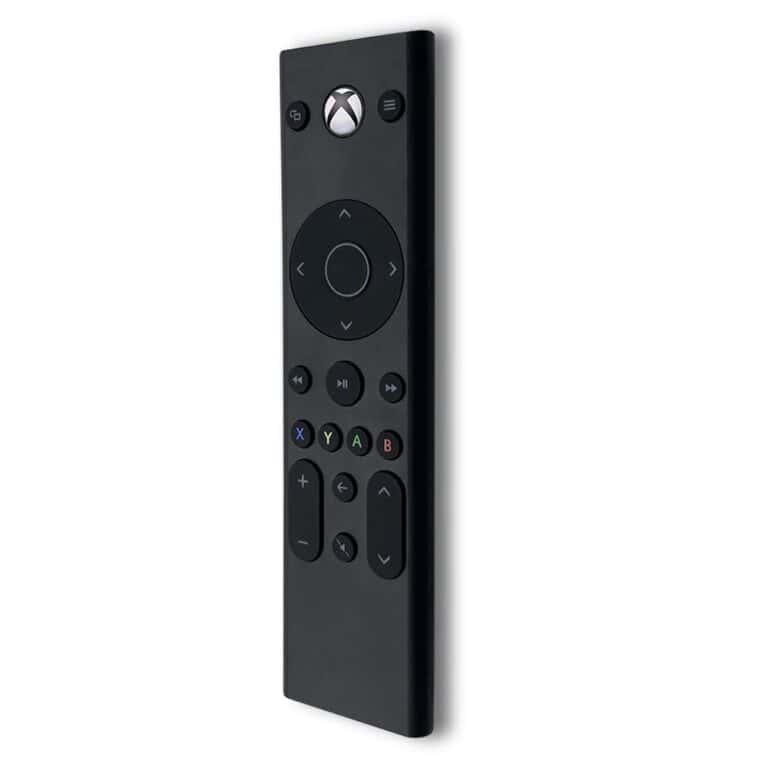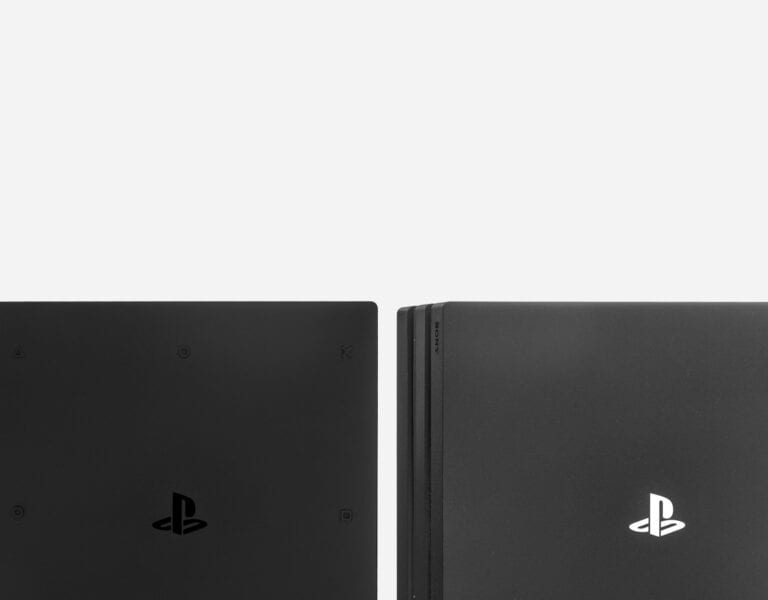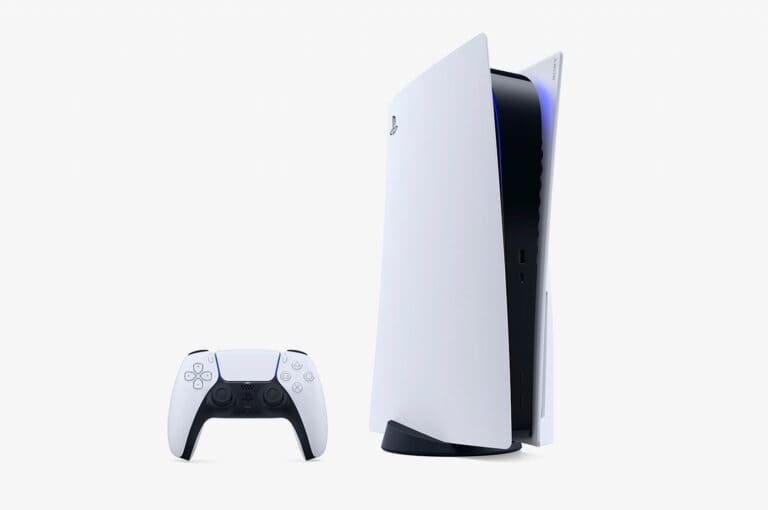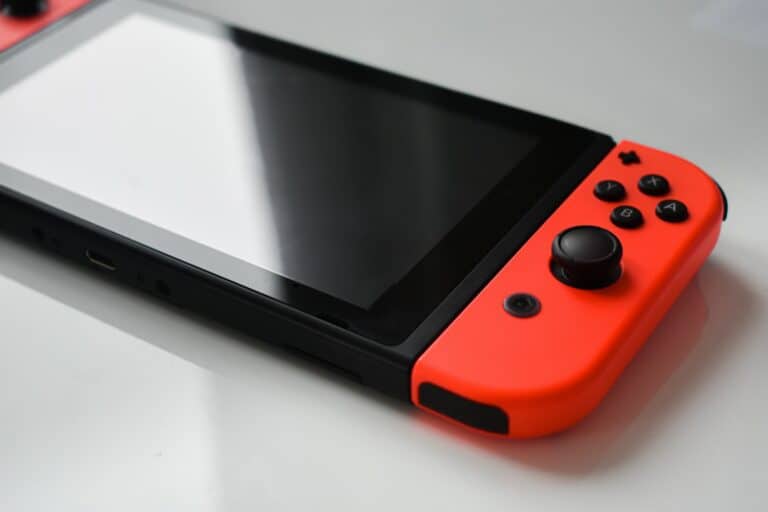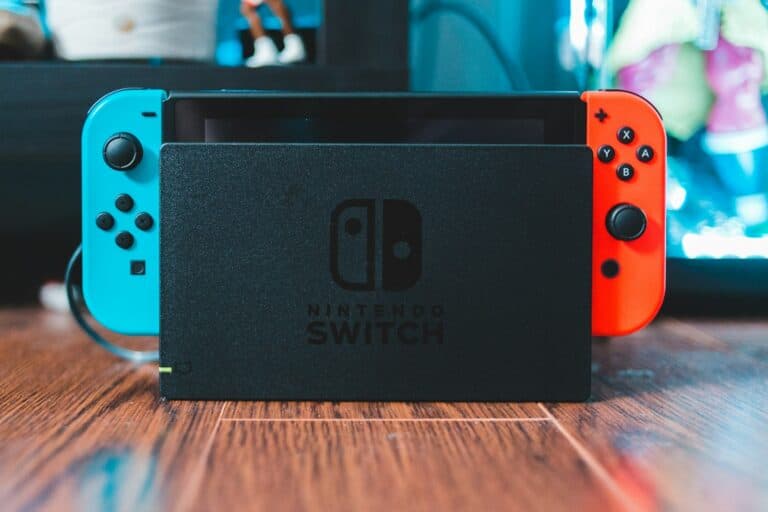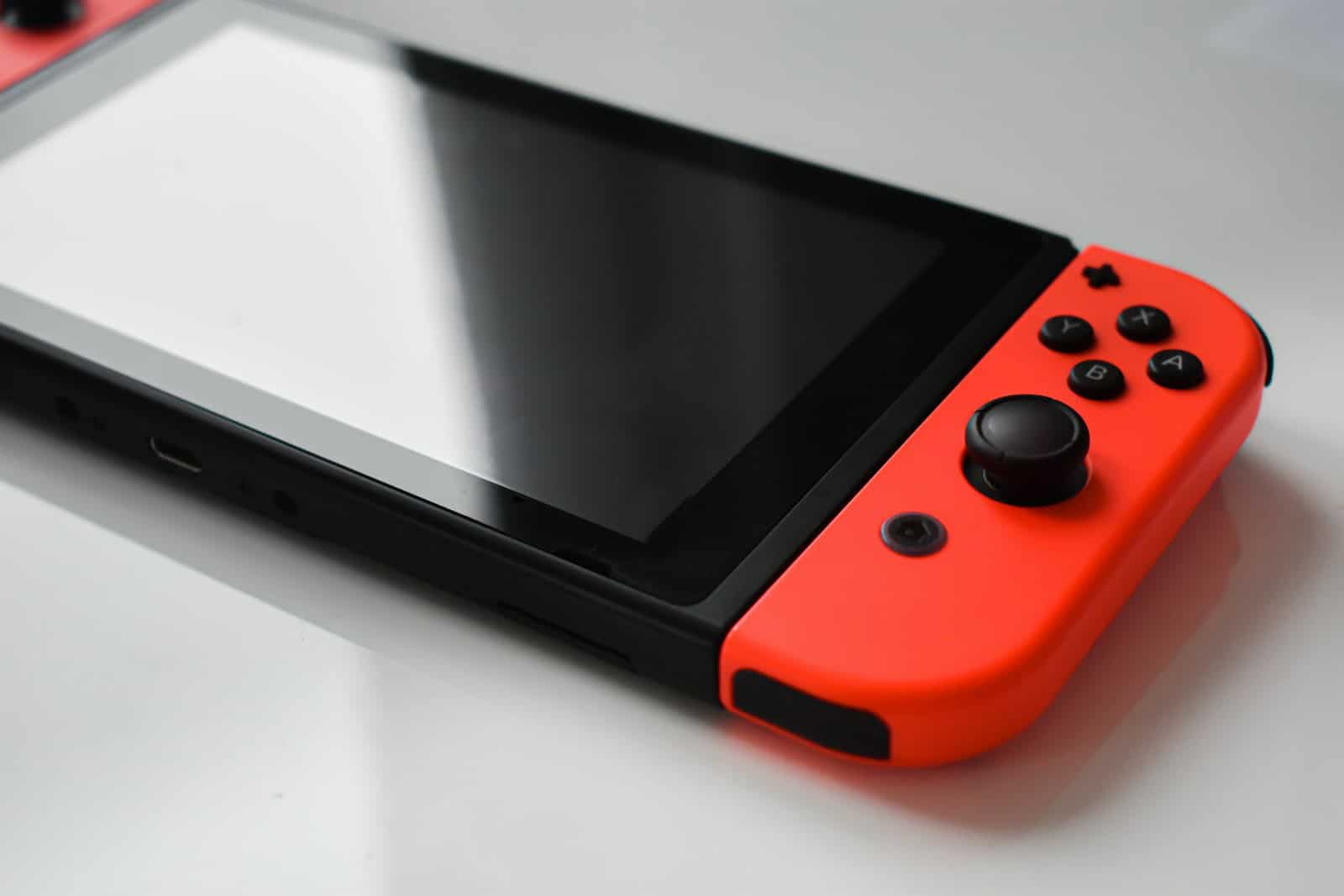
Nintendo stands as the dominant force in video game console sales, with an impressive 862 million units sold since introducing the Nintendo Entertainment System in 1983. The company’s success spans four decades of innovation, selling more gaming systems than PlayStation, Xbox, and Sega combined. This data is through February 2025 and shows Nintendo with a 235 million console lead over its nearest competitor (Playstation). It should be noted, however, that Nintendo did start releasing consoles 11 years earlier than Sony.
The Nintendo DS leads the company’s success story with 154 million units sold, showcasing the power of innovative features like dual screens and touchscreen gaming. This handheld device helped cement Nintendo’s position in the portable gaming market, competing effectively against rivals like the PlayStation Portable.
The gaming industry has seen significant shifts in market share since the 1980s. Sony’s PlayStation brand has accumulated 627 million console sales since 1994, while Microsoft’s Xbox platform has reached 196 million units since 2001. Sega’s hardware division achieved 73 million sales before focusing exclusively on software development.
Console Kings: A Look at Nintendo’s Reign
The Numbers Tell the Story
Nintendo’s long-standing success in the console market is undeniable. With a staggering 862 million consoles sold since 1983, they’ve carved out a significant lead. Think about that – nearly a billion consoles in homes worldwide. That’s a lot of Mario jumps and Zelda adventures. Their closest competitor, PlayStation, trails with 627 million units. Xbox, a relative newcomer, has sold 196 million. Sega, a key player in the early days, reached 73 million before exiting the hardware race. These figures paint a clear picture: Nintendo has been a dominant force for decades.
A Timeline of Triumph
Nintendo’s journey to the top wasn’t a straight line. The 80s saw the NES revolutionize home gaming. The Game Boy kept the fun going on the go. The Super NES continued the momentum. Then came the Nintendo 64, GameCube, Wii, and Switch – each with its own innovations and challenges. This constant evolution has helped them stay relevant.
More Than Just Hardware
Nintendo’s success isn’t solely about powerful hardware. Their beloved characters – Mario, Link, Pikachu – are a huge draw. These franchises resonate with gamers of all ages. Exclusive games, like The Legend of Zelda and Super Mario Bros., are a major reason people choose Nintendo.
The Competition
While Nintendo leads, the console war is far from over. PlayStation has its own popular franchises, like God of War and Spider-Man. Xbox focuses on powerful hardware and services like Game Pass. Each company brings something different to the table, creating a diverse gaming landscape.
The Future of Consoles
What does the future hold? Cloud gaming, subscription services, and new technologies are changing the game. Nintendo will need to continue innovating to maintain its position. But one thing is certain: they’ve built a legacy that’s hard to ignore.
Console Sales Comparison
| Console Brand | Units Sold (Millions) |
|---|---|
| Nintendo | 862 |
| PlayStation | 627 |
| Xbox | 196 |
| Sega | 73 |
Key Takeaways
- Nintendo maintains market leadership with 862 million console sales across its 40-year history
- Sony’s PlayStation ranks second in lifetime sales with 627 million units since 1994
- The Nintendo DS remains the company’s most successful system at 154 million units sold
Historical Overview of Console Sales
The video game console market has seen dramatic shifts in dominance since 1983, with Nintendo leading total lifetime sales at 862 million units, followed by PlayStation’s 627 million units since its 1994 launch.
Nintendo’s Market Influence
Nintendo revolutionized gaming with the Nintendo Entertainment System in 1983, selling over 61 million units. The Super Nintendo added another 49 million units in sales during the early 1990s.
The Nintendo Wii became the company’s most successful home console, reaching 102 million units sold after its 2006 release. Its motion controls created a new market segment that attracted non-traditional gamers.
The Nintendo Switch has sold nearly 132 million units since 2017, making it Nintendo’s best-selling console. Its hybrid design combines portable and home gaming capabilities.
PlayStation’s Sales Milestones
Sony entered the gaming market in 1994 with the original PlayStation, which sold 102 million units. The PlayStation 2 became the best-selling console ever with over 160 million units sold.
The PlayStation 4 reached 117 million units sold, establishing Sony’s dominance in the HD gaming era. Its success came from strong exclusive games and third-party partnerships.
The PlayStation 5 has already sold 65.4 million units since its 2020 launch, surpassing the original Nintendo Entertainment System’s lifetime sales.
Xbox and Sega’s Market Performance
Microsoft’s Xbox brand has accumulated 196 million console sales since entering the market in 2001. The Xbox 360 was their most successful system with 85 million units sold.
Sega achieved 73 million total console sales across multiple systems. The Sega Genesis peaked at 30.75 million units before the company exited hardware manufacturing in 2001.
The Xbox Series X/S has maintained Microsoft’s position as the third-largest console manufacturer, though trailing behind Nintendo and PlayStation in global sales numbers.
The Evolution of Gaming Consoles
Gaming consoles have transformed from simple 8-bit machines into powerful entertainment systems, with sales figures reflecting massive technological leaps and changing consumer preferences. Nintendo, PlayStation, and Xbox have shaped the industry through distinct hardware innovations and market strategies.
Innovations in Console Design
The Nintendo Switch revolutionized console design in 2017 by introducing a hybrid format that functions as both a handheld device and home console. This innovation led to exceptional sales of 143.42 million units by June 2024.
Nintendo’s DS pioneered dual-screen gaming with the first touchscreen in handheld systems, selling 154 million units and establishing new interaction methods for players.
PlayStation’s DualSense controller for PS5 adds haptic feedback and adaptive triggers, creating more immersive gaming experiences.
Each console generation brings improved graphics, faster processing, and enhanced audio capabilities. Modern systems feature 4K resolution, ray tracing, and spatial audio.
Market Trends and Consumer Behavior
The Nintendo DS and PlayStation 2 remain the top-selling consoles, with 154 million and 158 million units sold respectively. These numbers showcase consumers’ preference for accessible, family-friendly gaming devices.
The Switch’s success proves players value flexibility in their gaming habits. Its portable nature matches modern lifestyle needs.
Holiday seasons drive significant sales spikes for gaming hardware. New console launches typically occur in this period to maximize market impact.
Digital game distribution has grown substantially, though many consumers still prefer physical game copies for collection and resale value.
Regional preferences influence console success rates. The Sega Master System found particular success in Brazil with 8 million units sold despite lower global numbers.
Analysis of Sales Data and Market Research
Recent market research shows Nintendo’s sustained dominance in total console sales, while competitors gain ground in specific market segments. The data reveals shifts in consumer preferences and spending patterns across gaming platforms.
Quantitative Insights
Nintendo Switch leads current-generation console sales with 143.49 million units sold since 2017. The PlayStation 5 has reached 61.94 million units, while Xbox Series X|S sits at 30.14 million units.
Sony holds 45% of global console market share in 2022, including hardware, games, and services revenue. Microsoft grew to 27.3% market share, representing a notable increase from previous years.
The Nintendo Switch stands as Nintendo’s second best-selling console, generating record-breaking software sales of 1.2 billion units. This performance demonstrates the success of its hybrid gaming model.
Qualitative Impact
The Switch’s versatility as both a handheld and home console created a new market segment. This innovation influenced consumer expectations for gaming hardware flexibility.
Nintendo’s handheld devices consistently outperform their home console counterparts in sales figures. This trend highlights strong consumer demand for portable gaming experiences.
Market research firms track these shifts in consumer behavior and spending patterns. Their data shows evolving preferences between dedicated gaming hardware and multi-purpose entertainment systems.
Game attach rates and digital service adoption vary significantly between platforms. These metrics help manufacturers adjust their strategies and product offerings.
Frequently Asked Questions
Video game console sales reveal fascinating patterns across manufacturers and decades, with Nintendo dominating lifetime sales and the PlayStation 2 holding the record for a single console model.
Which gaming console has the highest sales historically?
The PlayStation 2 leads single-console sales with over 160 million units sold worldwide. This remarkable achievement stands unmatched by any other gaming system.
The Nintendo Switch continues strong performance with 143.49 million units sold, making it the second best-selling console.
What are the top 10 best-selling gaming consoles of all time?
- PlayStation 2 – 160+ million
- Nintendo Switch – 143.49 million
- Nintendo DS – 154.02 million
- Game Boy/Game Boy Color – 118.69 million
- PlayStation 4 – 117.2 million
- PlayStation – 102.49 million
- Wii – 101.63 million
- PlayStation 3 – 87.4 million
- Xbox 360 – 85.8 million
- Game Boy Advance – 81.51 million
How have console sales figures evolved from 2024 to 2025?
Nintendo Switch sales decreased to 16 million units in fiscal year 2024. The PS5 reached 61.94 million units sold globally.
Xbox Series X|S achieved 30.14 million units in total sales through early 2025.
What is the best-selling game console in the year 2024 specifically?
The PlayStation 5 leads 2024 console sales. Sony’s latest system maintains strong momentum in the current gaming market.
Nintendo Switch sales show expected decline as the system enters its seventh year.
Can you provide a historical timeline of video game console sales?
1983: Nintendo launches the Famicom/NES, starting its gaming dominance
1994: Sony enters the market with PlayStation
2001: Microsoft joins with Xbox
2006: Nintendo Wii launches, selling 101.63 million units
2012: Wii U releases as Nintendo’s lowest-selling home console
2017: Nintendo Switch debuts, becoming the company’s second best-selling system
What are the total sales figures for the PlayStation 4?
The PlayStation 4 reached 117.2 million units sold. This places it as the fifth best-selling gaming console in history.
The system achieved this milestone through strong global market presence and compelling software lineup.

